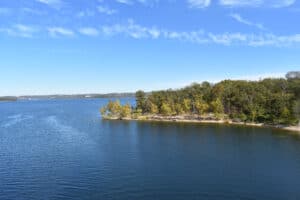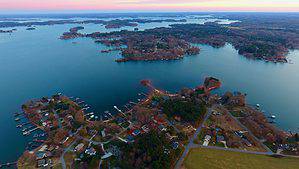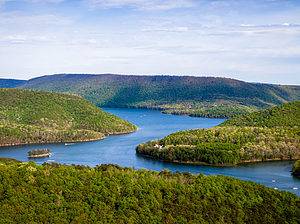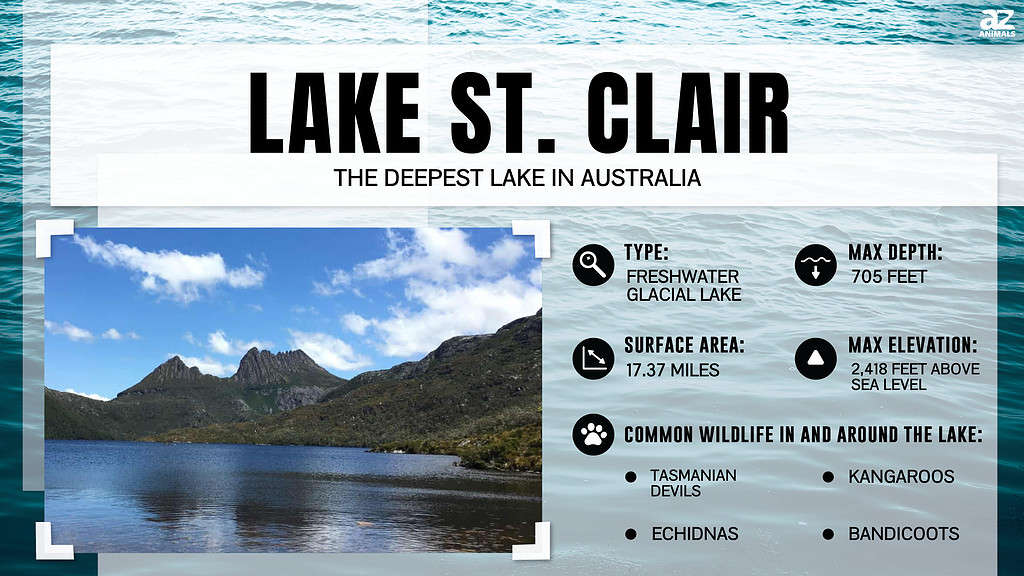
Australia is known for its massive central desert known simply as the Outback, but the island nation also contains many gorgeous lakes, rivers, streams, and other bodies of water. One of the most unique lakes is the famous pink Lake Hillier. But did you know that the deepest lake in Australia is on an island? It’s also part of one of the most famous national parks in the country, making it even more worthy of visitors.
What Is the Deepest Lake in Australia?
Tucked into the stunning wilds of Tasmania, the southernmost state of Australia, Lake St. Clair sparkles in the sun of the wilderness found in the Cradle Mountain National Park. The lake, formed by glaciers, has become one of the most popular outdoor destinations for hikers and travelers visiting the Land Down Under.
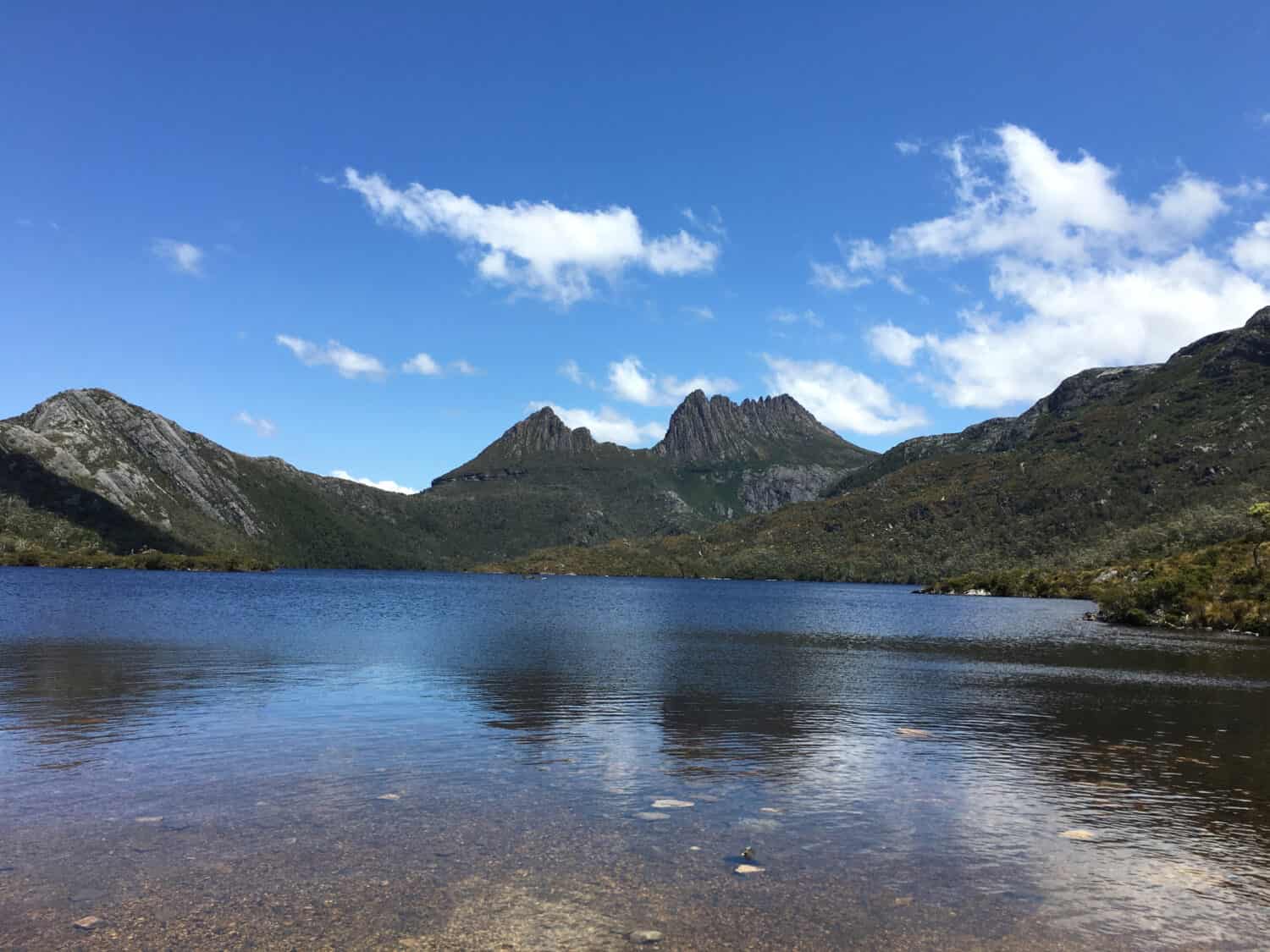
Lake St. Clair is in Cradle Mountain National Park in Tasmania, Australia.
©Tengiz Chantladze/Shutterstock.com
How Deep Is the Deepest Lake in Australia?
A maximum depth of 705 feet has been recorded for Lake St. Clair. This has earned the stunning lake the title of the deepest lake in Australia. The fact that it resides in the Cradle Mountain area only helps to increase its popularity and beauty, with stunning backgrounds and the incredible temperate rainforest nearby.
Where Is Lake St. Clair Located on a Map?
The alpine lake, carved out by glaciers, sits at 2.417 feet above sea level, providing the area with a cool, fresh climate that rapidly changes in unpredictable ways. The lake rests within the Cradle Mountain–Lake St. Clair National Park of Australia, near Derwent Bridge, Tasmania. The region and park are tucked into the Tasmania Wilderness World Heritage Area, along the Overland Track which takes hikers six days to traverse to the lake. The park is located near the center of the island state, slightly more to the west.
How Is Fishing in Lake St. Clair?
Both wet and dry fly fishing are favored, productive fishing choices at Lake St. Clair. The fish tend to be on the smaller side, however, usually running between 0.5 and 1.5 pounds. Despite the size of the fish, locals love the experience here and recommend it.
Animals Around the Lake
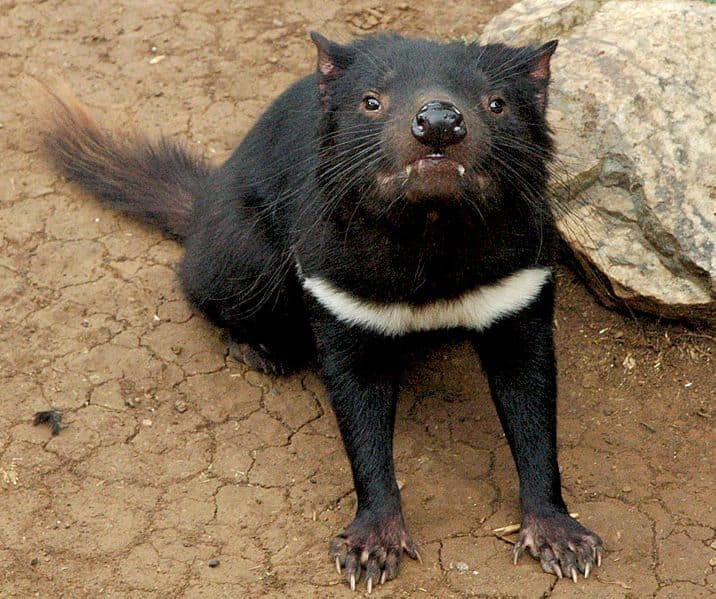
You definitely don’t want to get close to these small marsupials if you run across one at Lake St. Clair! Tassie Devils are pretty vicious.
©KeresH / CC BY-SA 3.0 – License
Cradle Mountain–Lake St. Clair National Park is home to many unique, beautiful, and intriguing animals. While you’re out hiking or fishing, you might spot any of the following animals.
- Tasmanian devils
- Kangaroos
- Wallabies
- Bats
- Platypus
- Echidnas
- Quolls
- Possums
- Wombats
- Pademelons
- Bandicoots
- Dingoes
- Bettongs
- Potoroos
How Does the Deepest Lake in Australia Compare to the Deepest Lake in the U.S.?
The deepest lake in Australia doesn’t hit the halfway mark on depth compared to the deepest lake in the USA. While Lake St. Clair reached 705 feet deep, Crater Lake in Oregon is a whopping 1,949 feet deep! Crater Lake ranks as the ninth deepest lake in the world, while Lake St. Clair doesn’t even rank in the top 40.
Earliest Name of Lake St. Clair
The history of the deepest lake in Australia dates back to the first peoples on the Continent, the Aborigines. Their name for the lake was Leeawuleena, which means “sleeping water.” On still days, you can understand the name.
About Cradle Mountain – Lake St. Clair National Park
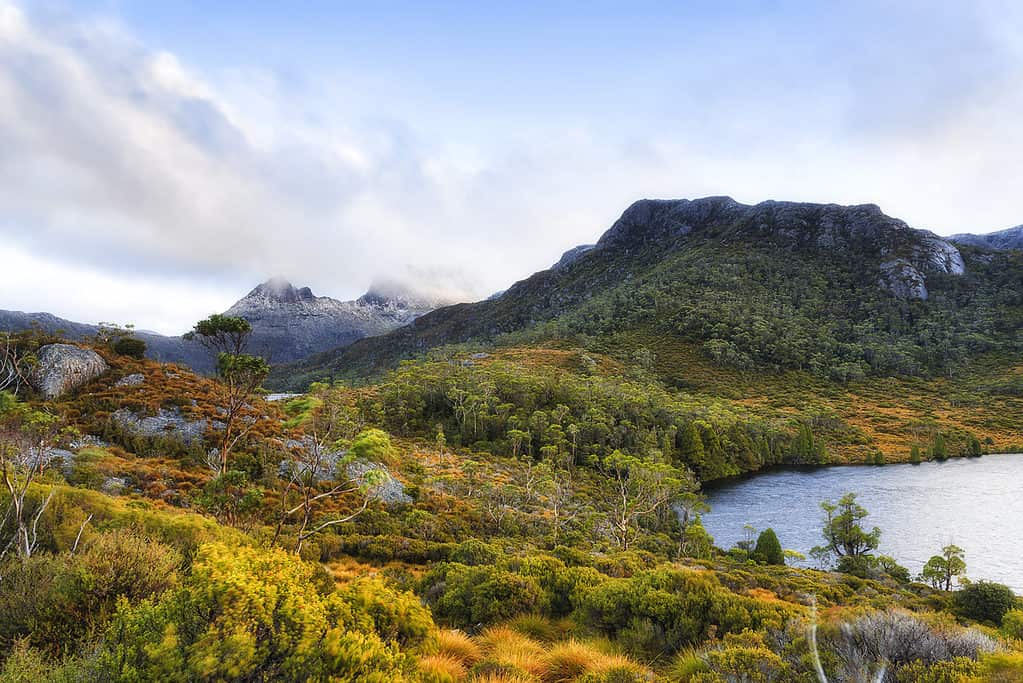
Lake Lilla and Dove Lake are in Cradle Mountain – Lake St. Clair National Park. The park is filled with gorgeous lakes and mountain vistas, wherever you may venture.
©iStock.com/Zetter
Throughout Cradle Mountain – Lake St. Clair National Park, the vegetation still shows the long-past burning routines of the Aboriginal peoples in Tasmania. Many historic sites and artifacts remain within the park, including the Aboriginal Cultural Heritage Walk you may experience by hiking out from Lake St. Clair.
The national park is one of the most famous in Australia, gracing images of calendars and artwork of many kinds. The stunning landscape, fascinating wildlife, historicity, and amazing hiking trails all make the part worthy of its status as a World Heritage Area.
Within the park, many terrains and habitats exist. Snow-covered mountains, mossy rainforests, river gorges, glacial lakes, alpine moorlands, and, of course, incredible bodies of water like Lake St. Clair all offer homes to many animals and birds.
Walking tracks and hiking trails of many lengths, challenge levels, and terrains encourage many visitors from around the world to come to the park for a day or week, particularly the Overland Track, a 5 to 6-day hiking stretch through the park.
The photo featured at the top of this post is © iStock.com/Zetter
Thank you for reading! Have some feedback for us? Contact the AZ Animals editorial team.




